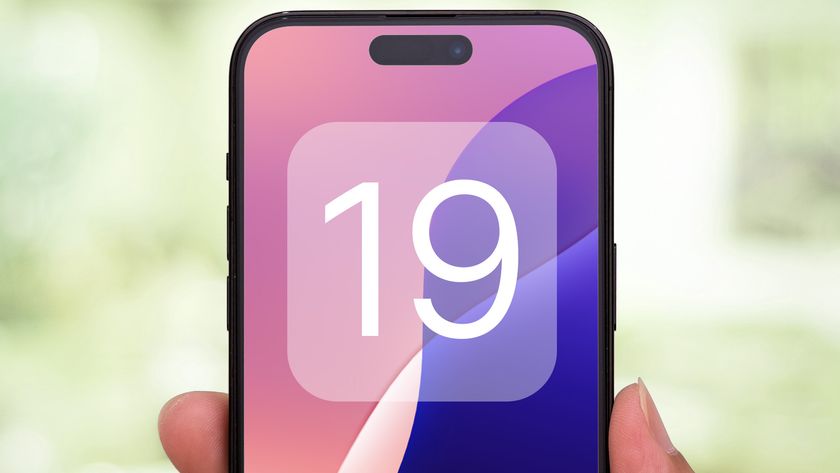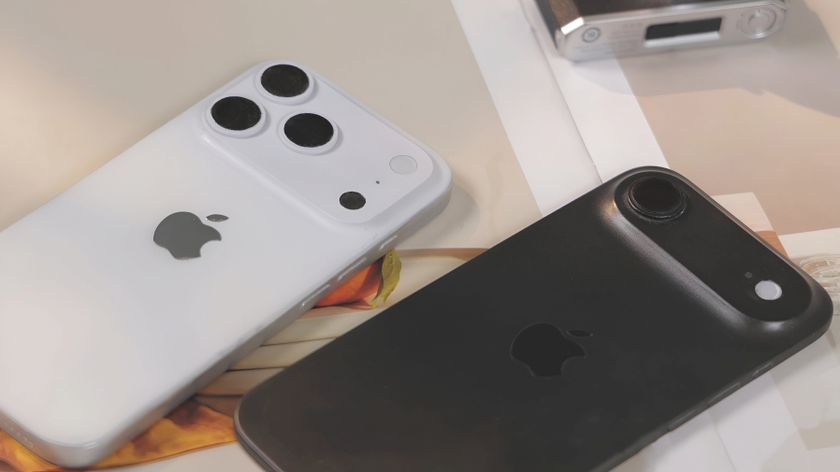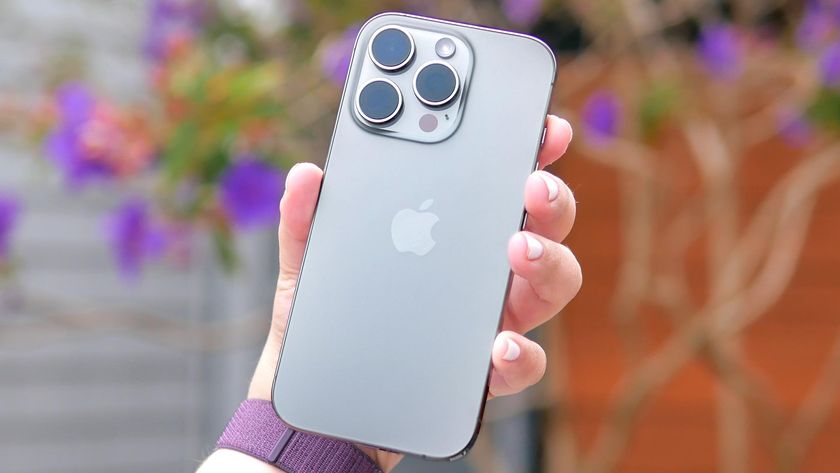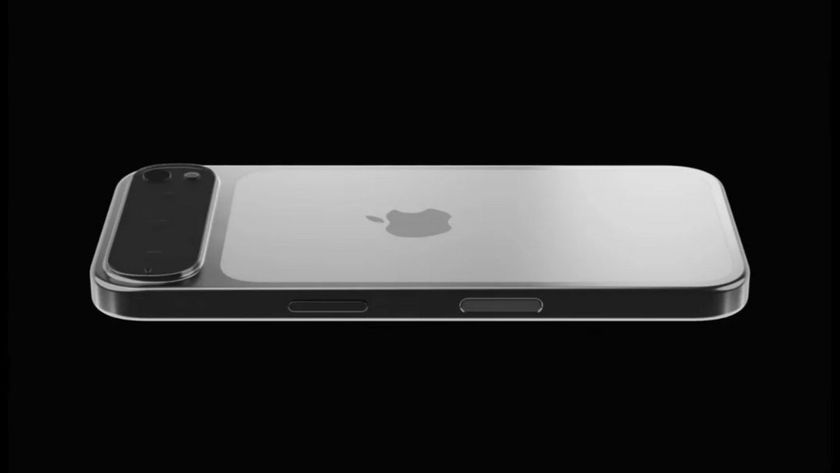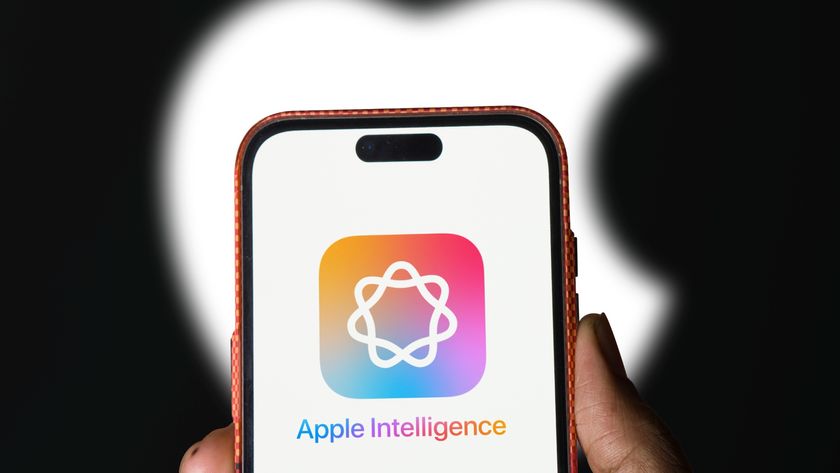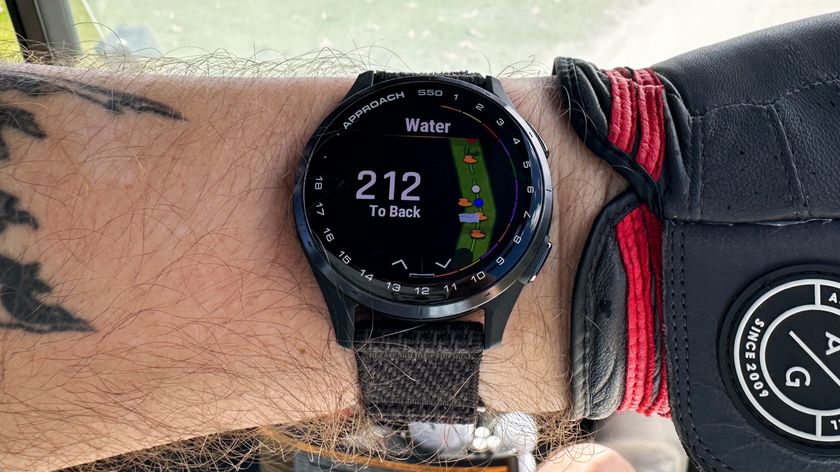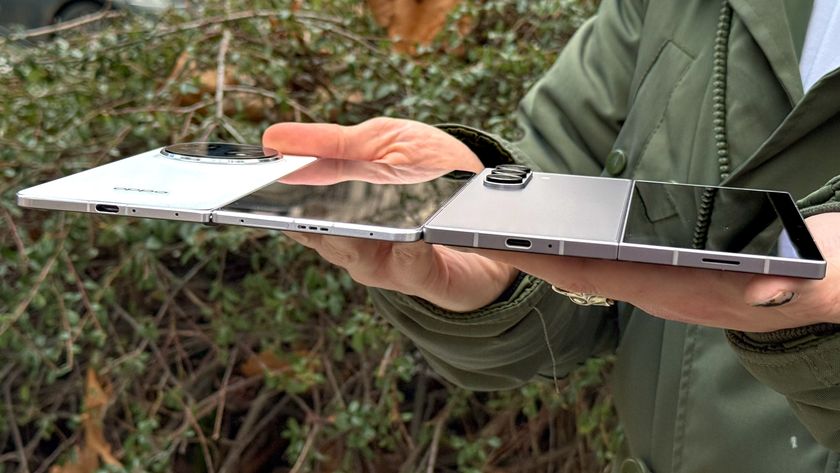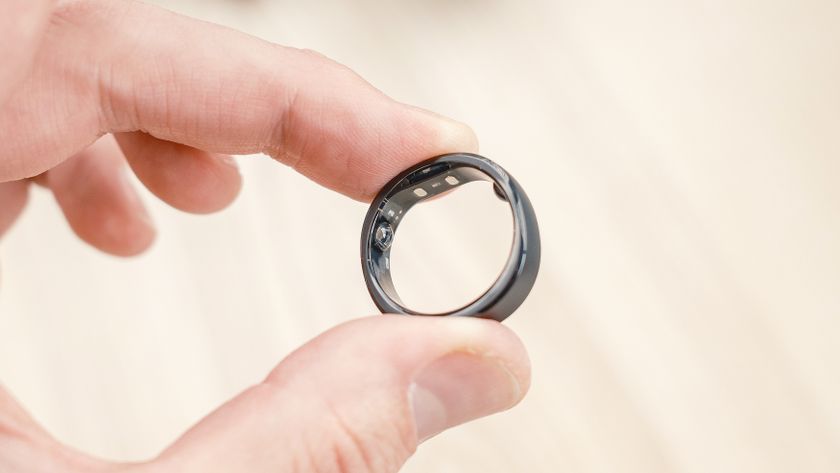iPhone 6s Hands-On: Getting a Feel for 3D Touch
We take a closer look at the 3D Touch and Live Photos features that lead the changes in Apple's new iPhone 6s and 6s Plus.
Don't dismiss the newly introduced iPhone 6s and 6s Plus as rehashes of last year's Apple smartphones. Yes, the new phones, which arrive Sept. 25, look an awful lot like 2014's iPhone 6 and 6 Plus, save for a new rose gold option. And yes, the resolutions of the new phones' displays haven't changed a bit from what Apple unveiled 12 months ago. But the iPhone 6s and 6s Plus boast some powerful additions in the form of 3D Touch and camera upgrades that indicate Apple is still on the cutting edge.
I spent a little bit of time with the new iPhones after Apple took the wraps off the phones today (Sept. 9), taking a particularly close look at the 3D Touch and Live Photo features. The iPhone 6s and 6s Plus may not have reinvented Apple's iPhone lineup, but they certainly introduce welcome capabilities that allow you to do more with your mobile device.
3D Touch
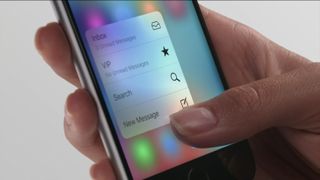
The 3D Touch feature takes its cue from Force Touch, first introduced with the Apple Watch and later added to Apple's laptop lineup. The new name drives home Apple's marketing spin that this is introducing a new dimension of multitouch gestures to its phones, but really the idea is the same as the one behind Force Touch, especially on the Apple Watch -- give you shortcuts to the things you do frequently, making it easier to navigate your phone.
MORE: iPhone 6s and 6s Plus: Top Features
These 3D Touch shortcuts come in three forms: Peek, Pop and Quick Actions. A Peek gives you a quick glance at something -- an email, a web link, an image, while a Pop lets you dive right in. Quick Actions are commonly used action items you access from your phone's home screen by pressing down on an app.
Here's how it works. In the Mail app, if I gave the iPhone 6s's screen a firm press on a message, a preview of that message -- or Peek, in 3D Touch parlance -- would appear on my screen. If a preview is all I need to see, I can let go and return to my inbox. If I swipe up, I can bring up a menu of actions like flagging the email, marking it as read, or what have you. If I decide that the email needs my immediate attention, I can press harder -- that's a Pop -- and I'll jump right into the full message.
In trying out Peeks and Pops, there was a slight learning curve in figuring out just how hard I had to press -- harder than I'm used to pressing, as it turns out. Fortunately, the iPhone 6s offers a clue in the form of haptic feedback. When I've pressed hard enough to launch a Peek, the back of the phone would buzz in my hand; the same things happened when I've pressed hard enough for a Pop. It's a handy bit of feedback to let me know how the phone is responding to my actions.
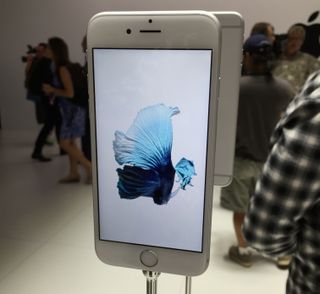
I spent most of my time experimenting with Peaks and Pops in Mail, but Apple has built the functionality into other apps, too. Press on a web link in Safari, and you can get a preview of the page you're about to jump to -- helpful if you want to find out if that link is really worth your time. Pressing dates in Messages gives you a glance at your calendar, and pressing on a thumbnail can summon up a preview of a picture.
As useful as Peeks and Pops may be, Quick Actions are the real time-saver. Press on the Phone or Messages icon on your home screen, and a list of your Favorites will appear, making it easier to call or text them. A firm press of the Maps icon gives the option of sending your location to other people, dropping a pin on a map or getting directions to find your way home, all without the bother of first having to launch the app and navigate to the right command.
Third-party apps will be able to get in on the 3D Touch action, too, thanks to an API from Apple. I saw a demo of Instagram incorporating 3D Touch that brought up previews of images I could favorite and comment on with just a firm press, a swipe, and a tap.
Apple hails 3D Touch as the next-generation of its multitouch gestures. There's a bit of hyperbole there, sure, but it's clear that 3D Touch will be a tremendous time-saver, especially as you get used to the feature.
Live Photos
The iPhone 6s and 6s Plus promise improved cameras. The rear camera has been upgraded to 12 megapixels while the front FaceTime camera can now use the iPhone's screen as a flash for better selfies in low-light. A crowded demo area is no place to really put these features to the test, particularly Apple's claim that it was able to add pixels to its rear iSight camera without compromising image quality, so I look forward to seeing just how good the photos produced by these new iPhones are once the iPhone 6s and 6s Plus arrive on Sept. 25.
MORE: Top-Rated Smartphone Cameras
One thing I could test first-hand, though, was the new Live Photos feature added to the iPhone 6s and 6s Plus. Press down on a photo shot with the camera on either phone, and you'll get a few seconds of movement -- the waves rippling on a lake, for example, or a child blowing bubbles that actually flit across the screen.
That's because when you take a photo with your iPhone 6s or 6s Plus, you're actually shooting about a second-a-half before and after you take the actual shot. You're capturing sound, too, when you take a picture, with that sound playing along whenever someone presses on the photo. Live Photos is on by default, as indicated by the concentric circles icon at the top of camera screen. There's really no need to turn it off, either, as you don't have to change how you shoot photos to capture a Live Photo. Even as the camera continues to record that extra second-and-a-half of footage, you can keep shooting photos just like you normally would.

You get the first hint that's something different with photos shot on an iPhone 6s or 6s Plus when scrolling through images in the Photos app. As you scroll by, you'll see a little bit of movement, though you won't get the full effect until you press on the image. And while older iPhones can't capture Live Photos -- that's a feature specific to the cameras built into the iPhone 6s and 6s Plus -- devices running iOS 9 should be able to display the motion and sound effects captured by a Live Photo.
Some users will find the feature gimmicky and turn it off as soon as they can. But if you take a lot of nature shots or photos of kids, Live Photos will be a welcome addition to the iPhone's already impressive photographic toolkit. And the new phones' ability to shoot 4K video will produce some eye-poppingly detailed videos, if the images I saw up close are any indication.
The Rest
Testing whether the A9 processor inside the iPhone 6s and 6s Plus is actually 70 percent faster at CPU tasks than the A8 chip will have to wait until the new phones arrive. And while I wasn't able to bend the new phones at will -- Apple employees tend to discourage that -- the 7000 series aluminum frames feel a bit sturdier than the current iPhones.
If you upgraded to a new iPhone in the past year, there's little in the iPhone 6s and 6s Plus to make you rue that decision. The new phones are clearly designed to appeal to people still squeezing the last bit of life out of older iPhones or Android users ready to jump to a new platform. Apple is gambling that 3D Touch and Live Photos may provide that incentive to upgrade, and from what I saw today, the new features add a lot of appeal.
Sign up to get the BEST of Tom's Guide direct to your inbox.
Get instant access to breaking news, the hottest reviews, great deals and helpful tips.
Philip Michaels is a Managing Editor at Tom's Guide. He's been covering personal technology since 1999 and was in the building when Steve Jobs showed off the iPhone for the first time. He's been evaluating smartphones since that first iPhone debuted in 2007, and he's been following phone carriers and smartphone plans since 2015. He has strong opinions about Apple, the Oakland Athletics, old movies and proper butchery techniques. Follow him at @PhilipMichaels.

